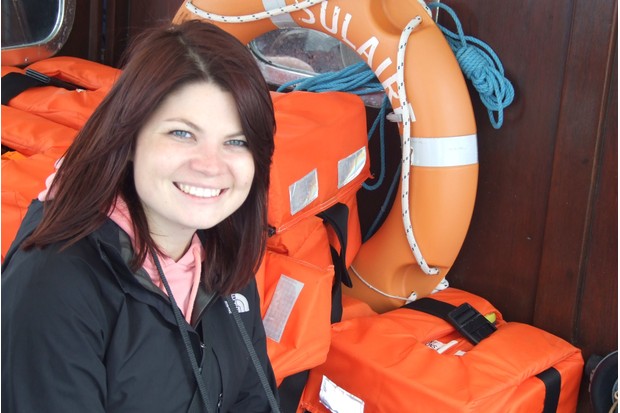How did you capture your winning image ‘The Tourist’ (above)?
I came across this greylag goose by chance. With The Shard and Tower Bridge as a backdrop I immediately recognised that there was potential here for a special photograph. I only had a very wide angle manual focus lens with me so I had to get incredibly close to the waterbird, which wasn’t too bothered by my presence. The sky was brooding and it was getting dark so I held a flash in one hand to illuminate the goose against the skyline, and that enhanced the impact of the image further.
Who should enter the British Wildlife Photography Awards 2015?
I am very much an amateur photographer who is interested in landscapes. In fact this was the first wildlife shot I had ever really taken, so the competition is genuinely open to anybody. Although we are blessed with some rare and spectacular wildlife in Britain, my image illustrates that there is also a wealth of it right on the doorstep, which it is easy to overlook. If you’ve taken a photo of British wildlife that you are proud of then I would urge you to submit it into the competition as you never know where it might lead!
What should a photographer consider before entering the competition?
Think about what your image reveals. If it’s simply a good shot of an animal, then perhaps consider how you could improve it to capture the jizz. Judges are on the lookout for original, impactful and extraordinary images. Is your subject displaying some interesting behaviour? What is the relationship between the species and its surroundings? Would your photo make someone stop and stare?
How to be a winner
1. The competition celebrates the beauty and diversity of British wildlife, so first and foremost the welfare of your subject should come first.
2. Know your camera settings well, so you can react quickly. Wildlife very rarely gives you a second chance to get it right.
3. Be patient as animals can be very wary of humans. Don’t noisily rush to take a picture as your subject is likely to disappear.
4. Examine the image in your viewfinder as a whole. It’s easy to get transfixed on your subject, but be aware of what else is in shot, as this can make or break a photo.
5. Get out there with your camera and put yourself in situations where wildlife is likely to be there. Who knows what image you may come home with?
